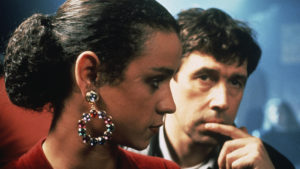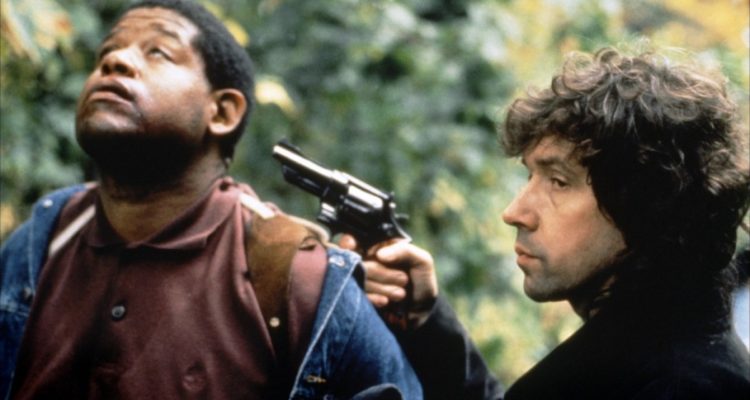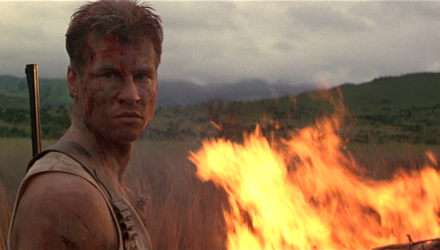Before delving into my review of this screenplay, let me first illuminate you to my preconceptions of what I was about to read. When I selected this script from my downloaded library, I had this script confused with the 1999 film Boys Don’t Cry, a film that I have not seen, but know the general idea. I had read a lot of action and thrillers earlier in the week, so I wanted to examine a more dramatic character based story, so I selected The Crying Game, thinking it was Boys Don’t Cry. I had an idea of the type of story I’d read, but hadn’t seen it yet. Also, as I had not seen the actual film The Crying Game I was a number of pages in before I realized this was a different film than what I had thought. “Oh, well,” I thought to myself, “I’ll do Boys Don’t Cry next week, and explore screen stories gender identity issues later. I’m too far into The Crying Game, which is obviously a political thriller about Ireland, to put it down now. I guess it’s just a thriller kind of week.” For those of you have read or seen The Crying Game, then you already know what I’m in for.
Written by Neil Jordan, this screenplay sucked me in immediately. Jordan writes with such smoothness that the screenplay flows so fast. A reader will likely forget that this is the blueprint for a film production, as absolutely nothing draws attention to itself as such. Compared to my last script reviewed William Goldman’s The Ghost and The Darkness, which had camera directions every other line, The Crying Game had none. It is simply characters doing and saying. While this means a lot of the “camera angles” were left to my head, I felt more a part of the story than I had with previous screenplays. Take a look at just a page of this screenplay. Simple actions, simple dialogue.
As the agent Peggy Ramsay once said, structure is “just two or three little surprises followed every now and again by a bigger surprise.” If that is to be taken as gospel, then The Crying Game has impeccable structure. Just when elements in conflict seem to be coming to either a balance or tipping point, Jordan introduces something unforeseen, yet inevitable, into the narrative, tilting the main characters world in a large, but believably motivated, way. Jordan has an ability to subliminally plant seeds of ideas that will pay off later. They seem like simple use of good specificity at first read, and then are illuminated later by some of these large shifts in narrative.
The dialogue in this script was incredibly unique. There were times when I didn’t understand why a character was using the words they were using, yet I understood their emotional intent. In a film about confusing feelings, this felt right thematically, and was always sharp and revealing.
This screenplay “tackles” multiple issues, while maintaining a very simple story spine. Other stories that purport to “take on” issues simply present what I call a narritivised documentary, putting the issue front and center, exploring the immediate conflict brought about by the issue it is supposedly taking on. The Crying Game eschews this approach, and because of that, it is able to explore many issues, especially those relating to warfare and gender identity.

Jordan’s ability to blend so many disparate elements into a clean, cohesive story is what likely garnered his Oscar win for Best Screenplay. With interesting characters and great plot surprises, written in simple, invisible descriptions and flavorful dialogue, The Crying Game clearly is a good story well told.
Looks like I got to explore gender identity issues after all.
8.2
Don't Cry
Story
9
Character
8.6
Dialogue
7
Imagery
8





